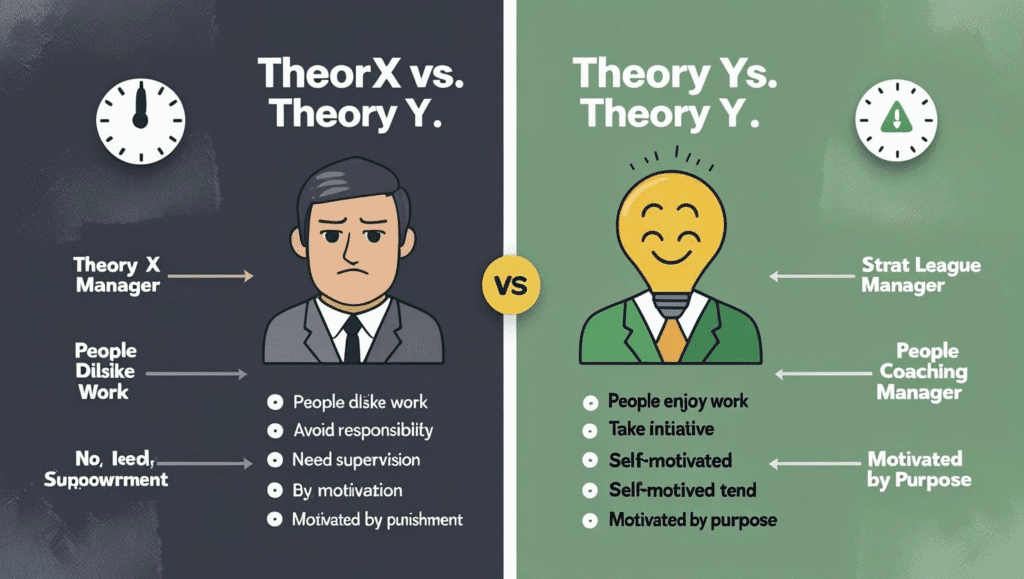What is Supply Chain Management (SCM)? A Deep Dive into the Process and the Crucial Role of Suppliers
Consider the journey of a simple cotton t-shirt. Before it lands in a shopping bag in London, its story began continents away. It was designed in Europe, the cotton was grown in India, spun into yarn in one Bangladeshi factory, dyed in another, then stitched into a final garment in a large facility in Dhaka. From there, it was transported to the port of Chittagong, shipped across the ocean, and distributed to a retail store. This entire complex global network is a **supply chain**.
**Supply Chain Management (SCM)** is the art and science of managing this entire journey. This expert guide will define SCM, explain its key components, and detail the absolutely vital role that suppliers play in ensuring this complex dance runs smoothly and efficiently.
What is Supply Chain Management (SCM)?
In formal terms, **Supply Chain Management is the active, end-to-end management of the flows of goods, information, and finances** between the multiple companies involved in bringing a product or service to a customer. It is not just about logistics or moving boxes; it’s a holistic business strategy focused on integration and synchronization.
The ultimate goal of SCM is to get the **right product** to the **right place**, at the **right time**, in the **right quantity**, and at the **right cost**, all while maximizing value for the end customer and profitability for every company in the chain.
The Three Key Flows of SCM:
- The Flow of Goods: This is the physical movement of products—from raw materials provided by suppliers to the finished goods delivered to consumers.
- The Flow of Information: This is the digital lifeblood of the supply chain. It includes purchase orders, shipping notices, inventory data, sales forecasts, and quality reports that are shared between partners.
- The Flow of Finances: This involves the management of payments, credit terms, and the transfer of ownership of goods as they move through the chain.
What is the Role of a Supplier in SCM?
A **supplier**, also known as a vendor, is a business that provides the raw materials, components, or services that another business needs to create its own product. While a supplier may seem like just the first step, in modern SCM, their role is far more strategic and integral to the success of the entire chain.
Using the example of a garments factory in Dhaka, let’s explore the four critical roles a supplier plays.
1. Provider of Foundational Quality and Cost
The most fundamental role of a supplier is to provide the necessary raw materials. The quality, cost, and even the ethical credentials of the final product are determined at this initial stage.
- Example: A garments factory cannot produce a premium-quality t-shirt if its supplier provides low-grade cotton yarn. The supplier’s materials set the ceiling for the final product’s quality. Similarly, the supplier’s price for that yarn is a primary component of the final garment’s cost.
2. A Critical Link in Production and Timeliness
Modern manufacturing relies heavily on precise scheduling and “just-in-time” principles to minimize waste and storage costs. A supplier’s reliability is the bedrock of this entire system.
- Example: A global fashion brand places an order with a Dhaka factory for delivery in 90 days. The factory’s production schedule is meticulously planned. If the fabric supplier delivers the dyed fabric one week late, the entire production line is halted, overtime costs are incurred, and the factory risks missing the shipping deadline, which can result in financial penalties from the buyer. **The supplier’s punctuality is the factory’s punctuality.**
3. A Partner in Innovation and Efficiency
The best modern supply chains treat their suppliers not as mere vendors to be squeezed for the lowest price, but as collaborative partners. Good suppliers are experts in their field and can be a valuable source of innovation.
- Example: A chemical supplier might develop a new, more eco-friendly dyeing process that uses less water. By sharing this innovation, they provide a huge benefit to the garments factory and the final brand, who can then market their product as more sustainable—a major competitive advantage in today’s market.
4. Upholder of Quality and Compliance Standards
In our transparent, globalized world, the actions of every member of a supply chain reflect on the final brand. Suppliers are on the front line of maintaining quality control, ethical labor practices, and environmental compliance.
- Example: International brands rigorously audit their Bangladeshi suppliers to ensure they comply with strict standards for worker safety, fair wages, and environmental protection. A failure at a single supplier—such as a fabric mill with improper waste treatment—can cause a massive reputational crisis for the entire supply chain, all the way up to the global brand.
The Importance of Supplier Relationship Management (SRM)
Because of this critical role, a key part of SCM is **Supplier Relationship Management (SRM)**. This is the practice of systematically managing and developing relationships with suppliers to drive mutual value. The goal is to move beyond simple transactional interactions and build long-term, trust-based partnerships that reduce risk, improve efficiency, and foster collaboration.
Conclusion: The Chain is Only as Strong as its Links
Supply Chain Management is the complex, integrated system that powers our global economy. It is the invisible network that ensures the products we desire are available when and where we want them.
Within this system, the supplier is far more than just the first link. They are a strategic partner whose performance on quality, reliability, and innovation directly dictates the success of every subsequent link in the chain. In today’s competitive landscape, businesses no longer compete as individual entities but as interconnected supply chains. In that race, the strength, transparency, and collaborative nature of your supplier relationships can be your greatest and most sustainable advantage.


